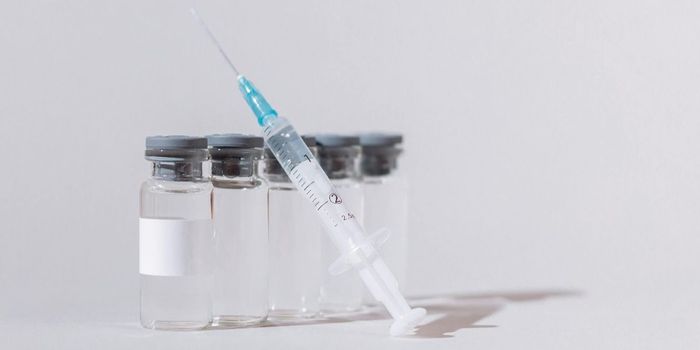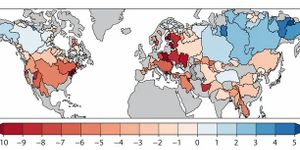Understanding the Relationship between Benign Breast Disease and Breast Cancer
A commonly used biopsy technique, known as a percutaneous or needle biopsy, involves inserting a small needle under the skin to remove cells that can be examined under a microscope. Doctors do not have a good idea of how BBD diagnosed with a needle biopsy relates to breast cancer diagnosis. Notably, needle biopsies only became a standard practice around 2000. Before 2000, doctors used more invasive surgical biopsies, which involve making an incision in the skin to remove cells to look for signs of breast cancer.
About 75% of breast biopsy diagnoses include benign breast disease (BBD), nonmalignant conditions observed in breast tissue. While BBD diagnosed with older techniques, including surgical biopsies, typically do not confer an elevated breast cancer risk, it remains unclear how BBD diagnosed through needle biopsies relates to breast cancer risk. To address this question, a team of researchers from the Mayo Clinic initiated a study to determine breast cancer risk associated with BBD in the “percutaneous biopsy era,” a timeframe including diagnoses after 2002. The results of the study were recently published in JAMA Surg.
The researchers evaluated biopsy specimens collected from patients diagnosed with BBD between 2002 through 2013. The study included outcomes (overall breast cancer, ductal carcinoma in situ (DCIS), and invasive breast cancer) that occurred through 2021 for the analysis. For comparison, the study utilized data from the Surveillance, Epidemiology, and End Results (SEER) Program.
In the timeframe specified, researchers identified 4,819 women to include in the study. Overall, 79.2% of women underwent a needle biopsy only, 10.2% had a needle and surgical biopsy, and 10.6% underwent surgical biopsy only. The data revealed an elevated breast cancer risk in the women diagnosed with BBD than in the comparative SEER data.
The study used a statistic known as standardized incidence ratio (SIR), which estimates the number of cases in the BBD cohort compared to the expected number of diagnoses in the larger population. Specifically, women with a BBR diagnosis exhibited a higher risk of breast cancer overall (SIR=1.95), invasive breast cancer (SIR=1.56), and DCIS (SIR=3.10). Notably, the risk increased as BBD severity increased from diagnoses of nonproliferative disease (NP), proliferative disease without atypia (PDWA), and atypical hyperplasia (AH).
The authors conclude that in their contemporary study of women diagnosed with BBD in the “percutaneous biopsy era,” the risk of breast cancer increased compared to the general population. The researchers suggest further validating their findings to enhance diagnostic criteria and encourage early diagnosis.
Sources: Multdisciplin Breast Manag, JAMA Surg









